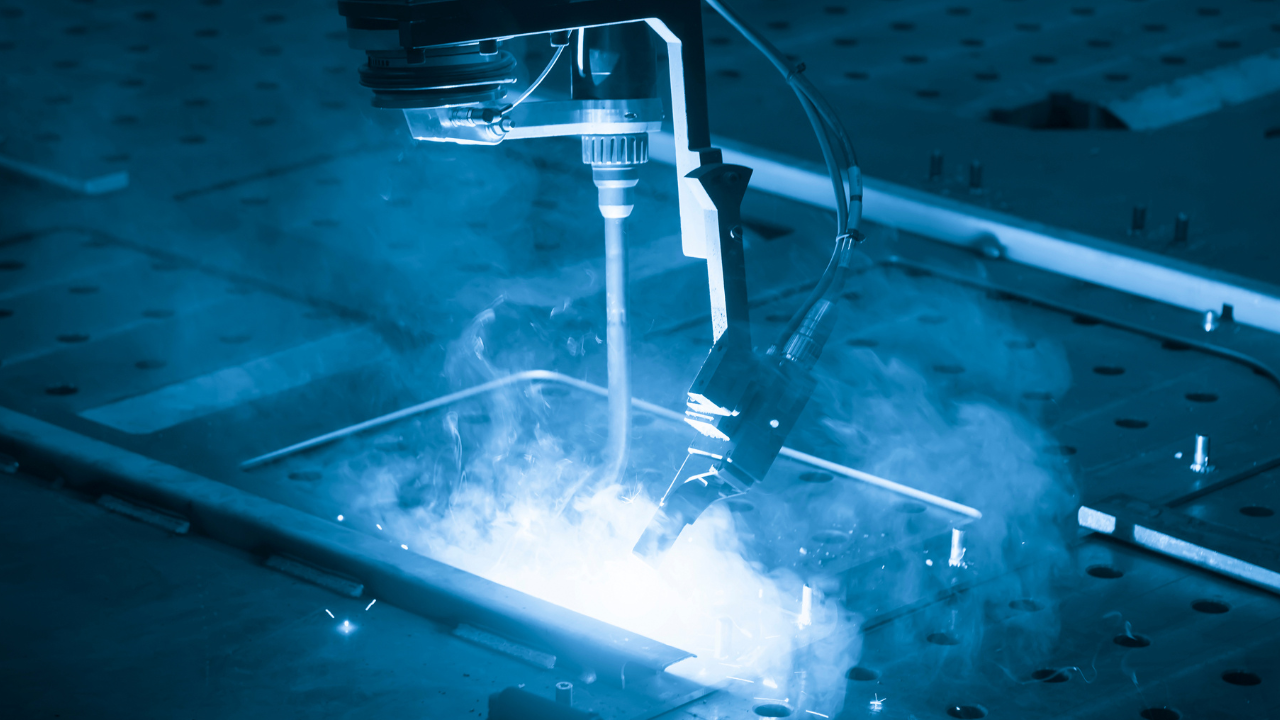The 4 best welding fixture applications for 3D printing
Posted on 2024/03/14

SHARE
They might be invisible in the final product, but AM-produced welding fixtures can transform the manufacturing process and impact your bottom line. Here’s a primer on the four main types of welding fixture that can be produced using 3D printing.
The AM advantage
The concept of providing a component with added support during its construction stages is nothing new. From the soft jaws that firmly clamp parts with awkward geometries, to the rotational tools that allow a cylindrical component to turn, welding fixtures have long been a vital part of the manufacturing process, improving accuracy, consistency, repeatability and even safety.
But in 2024, welding fixtures are one of the many areas of the manufacturing process to be transformed by 3D printing. Machined metal fixtures still have a role to play, and there are times when an off-the-shelf clamp will do the job just fine. But the advantages of producing fixtures using additive manufacturing include:
– Greater scope for customisation and intricate fixture design, letting manufacturers create the ideal tool for the job rather than compromise with a third-party’s offering
– Increased flexibility, with in-house printing allowing businesses to step up their rapid prototyping and slash their time to market
– Financial savings, with fixtures printed on demand and therefore a reduced need for storage and inventory
The best welding fixture applications for 3D printing
We’ve touched on the benefits – but what sort of welding fixtures does additive manufacturing excel at? There are four main categories of AM-produced fixture:
MIG (Metal Inert Gas) fixtures allow more accurate and efficient MIG welding by providing better positioning and alignment of the component, while supporting the welding gun and wire feed during the process. Remember to give careful thought to the material used, as it’s vital that MIG welding fixtures disperse heat correctly.
TIG (Tungsten Inert Gas) fixtures allow precise part positioning and alignment during TIG welding. Remember to factor in joint access, clearance and customisation – and bear in mind that TIG welding requires total accuracy for high-quality results.
Meanwhile, laser welding fixtures and spot welding fixtures ensure optimal part alignment, stability and accessibility during these all-important – and often high-temperature – manufacturing processes.
At 3D Print Academy, we’ve shown thought-leaders from across the gamut of UK industry how to upskill and stay ahead of the competition. Boasting state-of-the-art facilities, expert trainers and a full programme of courses to sharpen your abilities, from FDM 3D printer training to Polyjet 3D printer training, we’re proud to be the first UK Authorised Stratasys Training Centre.
For the 3D printing design course of your choice, contact the 3D Print Academy team. We’re ready to help on 03332 075 660 or enquiries@3dprintacademy.co.uk
Book now or just need More Info?
Any questions or book one of our training courses please phone 03332 075660 or email enquiries@3dprintacademy.co.uk
